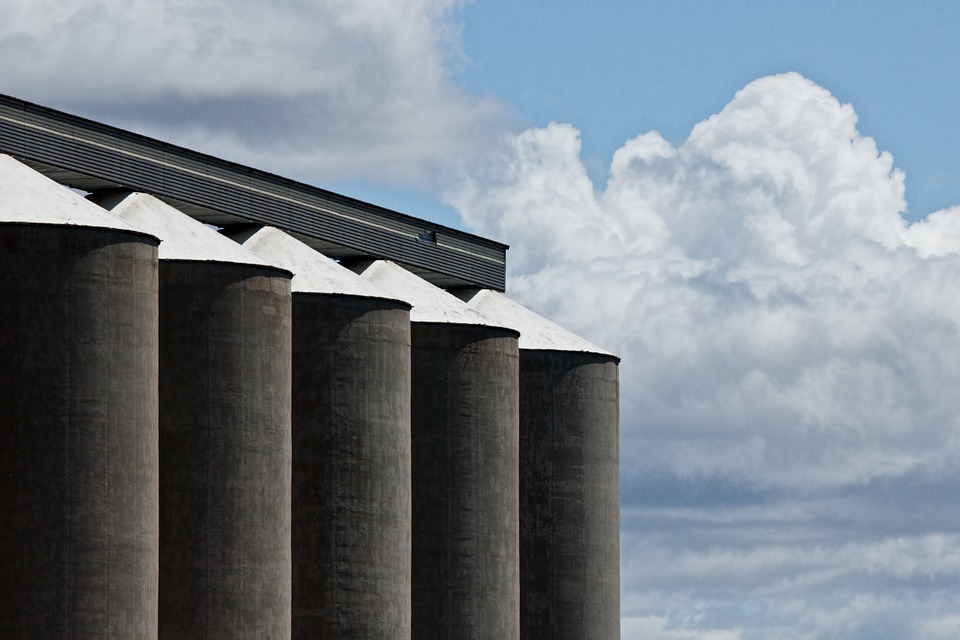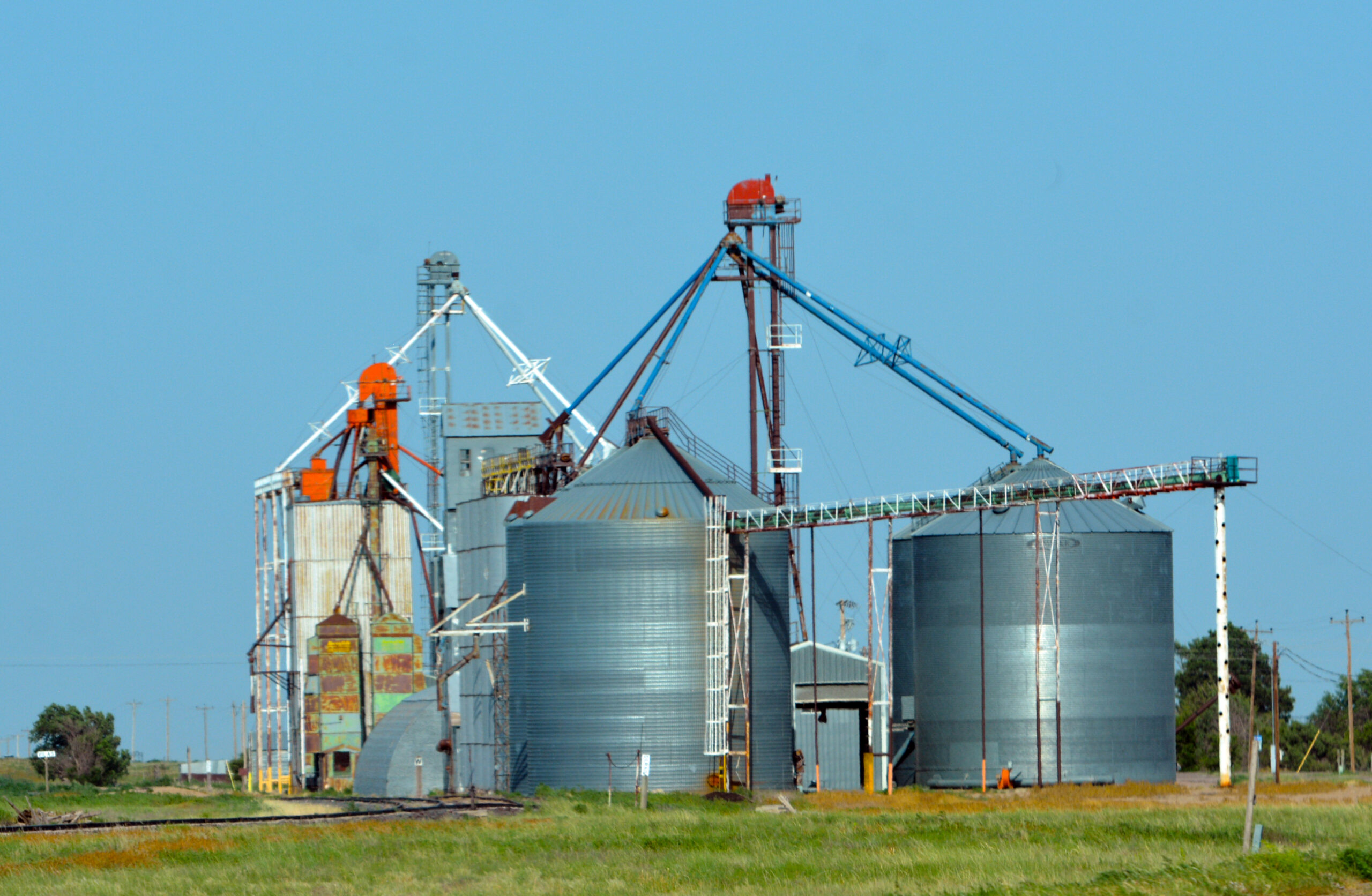All farmers must take steps to prevent grain bin and silo accidents. These types of accidents can cause severe injuries and death. Documented accidents in Grant Park, Illinois and North Manchester, Indiana, resulted in farm worker fatalities and brought attention to this important issue. Understanding how grain bin and silo accidents occur and creating a safety plan will help farmers prevent accidents.
Grain Bin and Silo Risks
Suffocation
Suffocation is the first risk posed by grain bins and silos. Workers should not try to walk on top of the grain or clear grain that has built up inside the bin. The grain can suddenly give way, and workers can quickly become buried and suffocate. Because the area underneath the surface of the grain can be hollow or full of air, the “bridged” surface can cave in once the worker adds their body weight to it. Then, workers can sink into grain like quicksand, sometimes in merely a few seconds. This results in suffocation. In addition, machines that move grain out of a bin or silo create suction that can pull workers into the grain and cause suffocation.
Explosions
Did you know grain dust is flammable? Explosions from dust inside grain bins and silos also pose a risk to farm workers. To describe this, the article Grain Operations: Preventing Grain Dust Explosions says, “Moving and handling grain creates grain dust, which when combined with other components typically found in a grain handling environment, can result in grain dust explosions. Grain dust explosions are high impact events that can result in human fatalities and injuries, loss of facilities, and significant operational downtime.”
Other Health & Safety Risks
Grain bins and silos pose several other health and safety risks. First, breathing high amounts of grain dust can lead to a condition called “grain fever,” which causes wheezing, chest tightness, cough, eye and nasal irritation, and symptoms of chronic respiratory disease, according to the CDC. Grain dust can also trigger asthmatic reactions in people who have allergies. Second, those working on, in and around grain silos and bins can face fall hazards related to the use of ladders and entrances. Finally, other equipment used for grain, such as augers, can pose amputation hazards.

The OSHA Grain Handling Health and Safety Topics Page provides resources for agricultural workers to learn more about how to prevent grain bin and silo accidents. The page has a full breakdown of standards. To break it down, here are a few quick tips for employers whose workers must enter grain storage.
Steps Employers Must Take
- Turn off and lock out any equipment that causes grain movement.
- Do not allow employees to walk on grain to make it flow.
- Provide workers with body harnesses and lifelines.
- Provide all workers entering storage bins with an observer who tracks their movements and is prepared to step in and rescue if needed.
- Keep workers from entering silos under grain that has built up overhead and could collapse, crushing or burying them.
- Test the air in the structure before allowing workers inside. This will show any risk of explosion as well as make sure enough oxygen is present for workers to breathe.
- Provide venting that reduces combustible and toxic gas to non-hazardous levels before workers enter the structure.
- Have permits issued each time a worker enters a grain bin or silo. The permit must certify that you took all of the above safety precautions.
Visit https://www.osha.gov/SLTC/grainhandling/ for more standards, including those intended to prevent dust explosions and fires.

